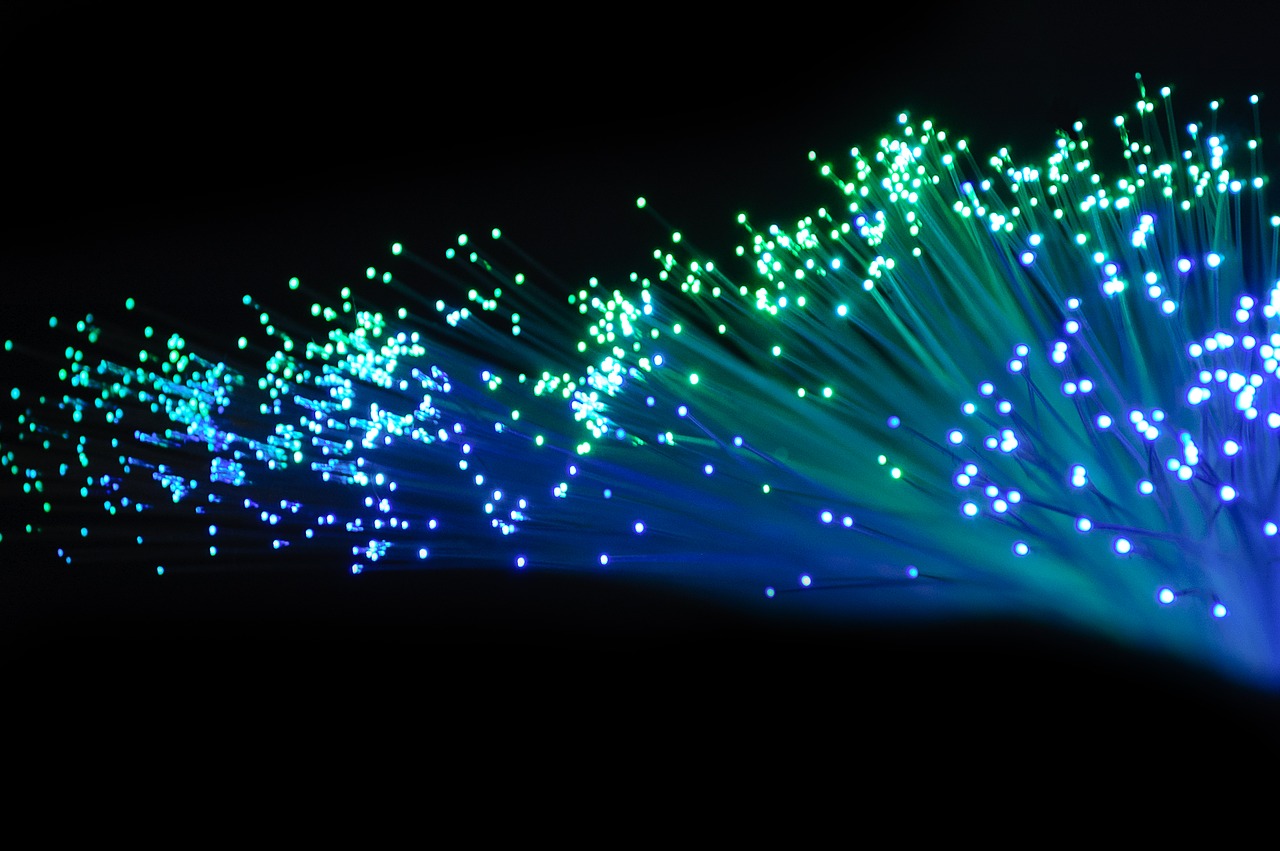Afghan Wireless (AWCC) is thrilled to announce that, in March of this year, the company signed a license with the Afghanistan Telecom Regulatory Authority (ATRA) to install and operate a fiber optic transmission network across Afghanistan. This important milestone is yet another step in AWCC’s ongoing mission to invest in Afghanistan’s development and to ensure that all of its citizens have access to quality telecommunications and internet services.
While there are many ways to transmit data in this day and age, fiber optic technology is hailed by most tech enthusiasts as one of the best. Read on to learn more about what fiber optics is, how it works, and its many benefits.
What is fiber optics?
Most computer networks today still rely on physical cables to transfer data between devices. A fiber optic cable is one such type of network cable, designed for use in long distance, high-performance data networking, and telecommunications applications. Fiber optic cables are composed of strands of glass fibers that are bundled together inside an insulated casing. Each strand of glass is only slightly thicker than a human hair.

How do fiber optic cables work?
The basic principle behind fiber optic cables is the use of light to transmit communication signals. Most other infrastructures, like DSL or cable, use electrical frequencies to translate information. At one end of the cable, a pulse of light is sent by a small electrical transmitter. This light travels down the center, or “core” of each strand of glass.
Its journey is facilitated by the outer layer of glass on each strand, called cladding. This outer layer prevents signal loss and allows the light to pass through bends in the cable by reflecting light inward. When the light emerges at the other end of the cable, a receiver reads and interprets the binary signals to form data.
There are two main types of fiber optic cables: single mode and multi-mode. A single mode fiber optic cable has a very small core that only lets one mode of light through. This allows the signal to travel further, so it is typically used in long-distance bandwidth runs. A multi-mode cable, on the other hand, allows multiple wavelengths of light to travel through a larger core. This lets more data pass through at a given time but means that signal quality is reduced over long distances.
What are the advantages of fiber optic technology?
Compared with other types of network cabling and infrastructure, fiber optic technology has numerous advantages:
It’s high-capacity.
A fiber cable can carry a much greater amount of network bandwidth than, for example, a traditional copper cable of the same thickness. Fiber cables can be rated at 10 gigabits per second (Gbps), 40 Gbps, and even 100 Gbps.
There is less need for signal boosters.
When travelling long distances, light is able to keep its strength much more easily than electrical signals, which are slowed down by internal resistance in traditional copper cable. Generally speaking, information can travel about 10 times further on a fiber network before it needs to be amplified. This means that fiber optics don’t need to use signal boosters nearly as often in order to maintain a quality signal.
It isn’t as susceptible to interference.
Copper cables are vulnerable to electromagnetic interference (and even to the effects of weather and temperature conditions). As a result, they must be protected by special shielding and may not work as effectively in situations where many cables are strung or laid together in close proximity. However, the physical properties of glass are not susceptible to these same issues, so fiber optic cables avoid most of these challenges.
It’s lightweight.
Simply put, fiber optic cables don’t weigh as much as copper cables do. This makes it much easier for telecommunications companies to transport and install them.
It consumes less energy.
Sending flashes of light down a glass cable consumes much less energy than sending electrical signals down a traditional copper cable. This means that fiber optic technology generates fewer emissions and is better for the environment.

Other fun facts about fiber optics.
The technology behind fiber optics is older than you think.
Did you know that fiber optic technology has been around for more than 200 years? In the 1790s, the first optical telegraph was invented by the Chappe brothers of France. In 1870, an Irish physicist demonstrated that light could be bent by a stream of water. This concept of “bending light” is the foundational principle of fiber optics. Then, in the 1950s, two physicists sent a simple picture down a light pipe that was composed of thousands of glass fibers: the first-ever fiber optic cable.
Fiber optics has many applications.
While data transmission through network cabling is one of the most common contemporary uses of fiber optic technology, it’s not the only one. Fiber optics is also used in applications like spectroscopy (the study of how matter and electromagnetic radiation interact), imaging optics, and digital signage.

